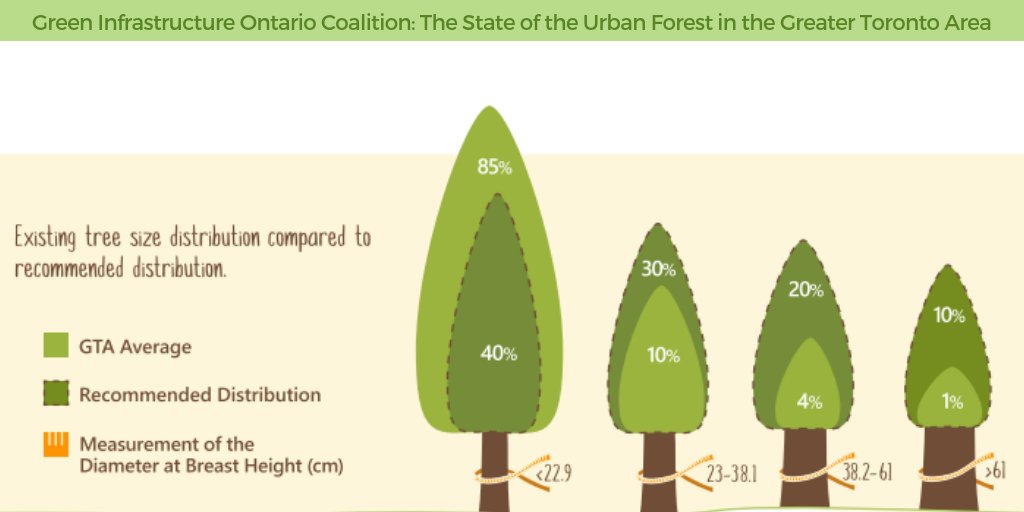The Environmental Advantages Of Stump Grinding: A Sustainable Approach For Land Stewardship
The Environmental Advantages Of Stump Grinding: A Sustainable Approach For Land Stewardship
Blog Article
Article Produced By-
When it pertains to land management, have you thought about the resilient benefits of stump grinding? By addressing the remnants left behind after tree elimination, this technique not just aids in dirt health and wellness renovation but likewise plays a critical duty in avoiding disintegration and sustaining biodiversity. maintennace of stump grinding prolong much past simple looks, providing a lasting remedy that harmonizes with nature's complex systems.
Soil Health Enhancement
Looking to improve the quality of your soil? Stump grinding can be a game-changer for improving dirt wellness on your residential or commercial property. By eliminating Source Webpage , you're creating area for new development and allowing important nutrients to go back to the dirt.
As the stumps break down with time, they launch raw material, enhancing the soil and promoting better plant development.
Furthermore, stump grinding assists to aerate the soil, permitting better water seepage and origin advancement. Compressed soil can prevent plant growth and water absorption, yet by grinding stumps, you're loosening the soil and producing a healthier setting for your plants.
Furthermore, stump grinding can additionally assist to stop bug invasions and conditions that old stumps might attract. By removing these potential threats, you're creating a much safer and much more productive landscape.
Disintegration Prevention
To stop soil erosion successfully, stump grinding plays an essential duty in preserving the security and stability of your land. By eliminating undesirable stumps from your building, you're likewise reducing the danger of disintegration caused by water overflow. Stump grinding eliminates challenges that can interfere with the all-natural circulation of water across your land, stopping soil disintegration at the same time.
When stumps are left untouched, they can serve as barriers to water flow, triggering soil to get rid of throughout heavy rainfalls. This erosion not just harms your land yet also adds to sedimentation in neighboring water bodies, hurting aquatic ecological communities.
Stump grinding aids to prevent these concerns by leveling the ground and promoting correct drain, decreasing the chance of erosion.
Biodiversity Support
Maintaining healthy biodiversity on your land is important for developing a growing environment. By using stump grinding as a sustainable land management technique, you can significantly sustain biodiversity.
Stump grinding helps advertise biodiversity by creating brand-new habitats for different plant and pet varieties. The removal of stumps permits the regrowth of indigenous plants, which in turn brings in a diverse series of wildlife. Pests, birds, and little mammals flourish in these recently easily accessible areas, contributing to the total biodiversity of your land.
In addition, stump grinding helps prevent the spread of conditions and insects that can hurt plant types, hence safeguarding the ecological balance on your residential or commercial property. By removing old stumps, you produce space for new plant development, which enhances the overall health of the community.
This much healthier atmosphere sustains a larger variety of varieties, advertising biodiversity and creating a much more resistant ecosystem in the long-term. Accepting stump grinding as part of your land management approach can have lasting favorable effects on the biodiversity of your land.
Conclusion
By using stump grinding as a sustainable method to land management, you can boost dirt health and wellness, prevent disintegration, and assistance biodiversity. This eco-friendly method not just profits the ecosystem however likewise advertises the growth of greenery and creates environments for numerous plant and animal varieties. Make a favorable influence on the setting by incorporating stump grinding right into your land management practices.
